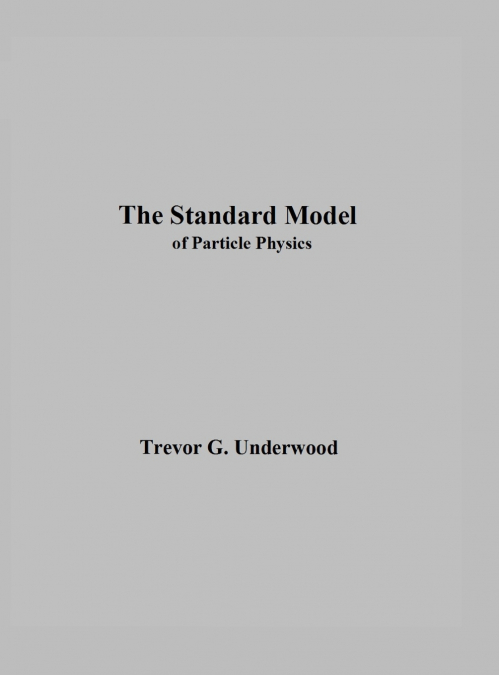
Trevor Underwood
This is the fascinating story of the development of Standard Model of particle physics between Dirac’s prediction of the positron in 1928 and the introduction of the six-quark model in 1973. The Standard Model of particle physics is the theory describing three of the four known fundamental forces in the universe (electromagnetic, weak and strong interactions - excluding gravity), and classifying all known elementary particles. Although the Standard Model has demonstrated some success in providing experimental predictions, it falls short of being a complete theory of fundamental interactions. Part I describes the development of the Standard Model from the Bohr model of the atom in 1913, based on what were believed to be 3 stable particles, electrons in orbit around a nucleus comprised of protons and neutrons, to its emergence in 1973 as the six-quark model, comprising 52 elementary particles and anti-particles, of which only the electron is believed to be stable. Part III, which was previously Part II, introduced an alternative to the Standard Model, Supersymmetry; and Part IV, which was previously Part II, introduced, String Theory. The Second Edition includes a new PART II on Unified Gravity, describing two recent papers by Partanen, M. & Tulkki, J. The innovation of most interest is their introduction in the March, 2024 paper of an eight-component spinorial wave equation of the electromagnetic field and the application of this to produce an eight-component spinorial (non-relativistic) formulation of Maxwell’s equations in which the four equations are represented by a single eight-component spinorial equation. The second paper attempted to use this to derive a gauge theory of gravity called unified gravity using compact, finite-dimensional symmetries, in which the metric tensor entered through geometric conditions. The Second Edition also includes a description of the Lagrangian on pages 20-1.